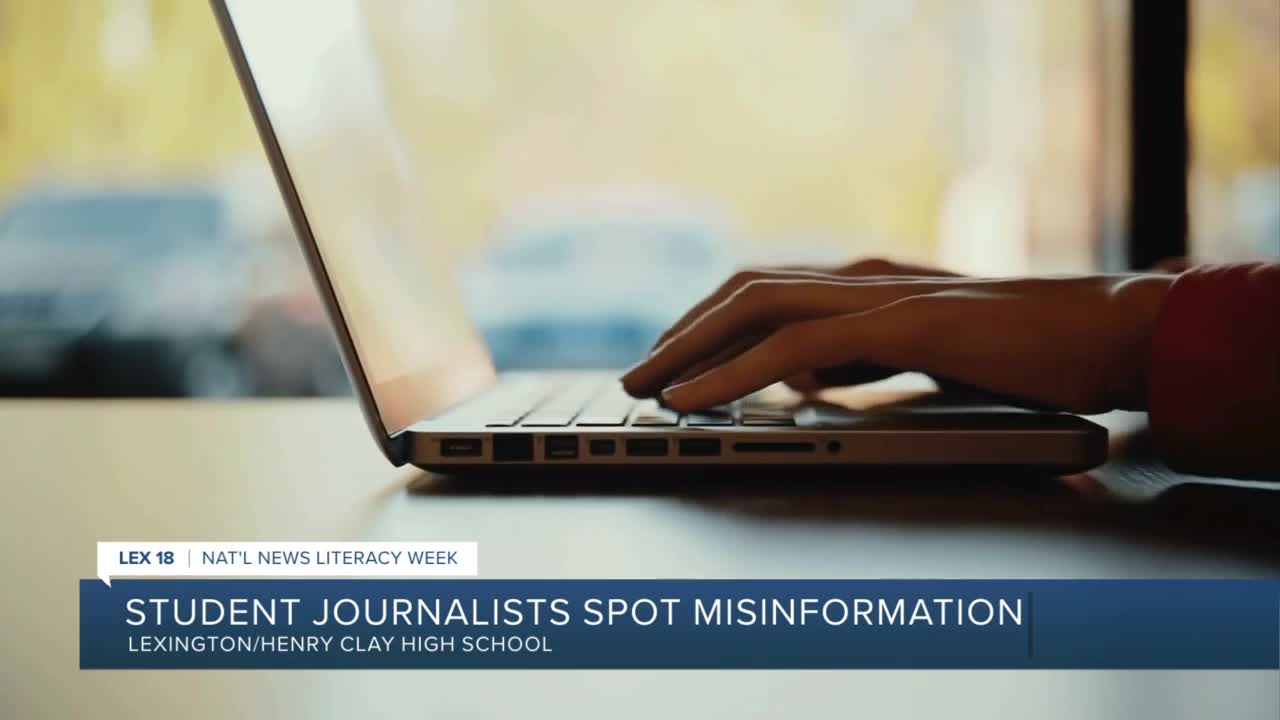LEXINGTON, Ky. (LEX 18) — From sports features to senior superlatives, the pages of the annual school paper are filled with snippets of student life at Henry Clay High School.
The Devils' Advocate started in 1916; in the 21st century, student journalists mostly report for an online version.
"Now we're living in a time where information can be accessed at the click of a button," said journalism student Jeremy Castillo Hernandez.
That's great — most of the time. But when misinformation is rampant online and on social media, it can be tough to know what to believe.
In fact, most Americans do not trust the news, according to a recent Gallup poll. In the poll, 38% say they have no trust in our newspapers, TV, or radio. Just over three in 10 Americans do trust the news.
The News Literacy Project says in the end, that hurts news consumers, who are left drowning in misinformation.
As part of our National News Literacy Week coverage, we asked student journalists to define misinformation.
"It starts out, such and such said this, and then it gets skewed so many different ways, because there is no fact to begin with," said Leah Barnard, editor-in-chief of the Devils' Advocate.
Journalism teacher Emily Isenhour is helping her students understand ways to spot false information. As they're learning, recognizing misinformation starts with a healthy dose of skepticism.
"They need to be able to look at a piece of news and say okay, how might this have been manipulated, how might this have been changed?" Isenhour said. "What can I do to make sure I'm receiving a balance of news?"
By writing for the paper, students are learning the fundamentals of journalism.
"We try and find news where the truth can be verified in multiple different places," said student journalist Caroline Costich. "When we do news about Henry Clay, we make sure we have someone to interview, so we know it's true and from someone's personal account."
And by learning to decipher misinformation, they're also becoming smart news consumers, whether they're watching local news, reading the New York Times, or scrolling on TikTok.
"The most important thing I've learned about misinformation is definitely how harmful it can, at the local, national, all levels really," Barnard said.
"I've learned really how to weed out what is misinformation," Costich added. "We learn where to trust news from, and that's something I will use for the rest of my life."
Here are five factors to use when evaluating credibility in news stories, according to RumorGuard:
- Authenticity
- Source
- Evidence
- Context
- Reasoning





